Hybrid Nanofluid In Pipe CFD Simulation – Numerical Paper Validation
Hybrid Nanofluid In Pipe CFD Simulation – Numerical Paper Validation
- Upon ordering this product, you will be provided with a geometry file, a mesh file, and an in-depth Training Video that offers a step-by-step training on the simulation process.
- For any more inquiries regarding the product, please do not hesitate to reach out to us at info@CFDLAND.com or through our online support assistant.
€195.00 Original price was: €195.00.€145.00Current price is: €145.00.
A new development in heat transfer, hybrid nanofluids combine many nanoparticles in a base fluid to provide enhanced thermal characteristics. The thermal performance of an AlN/Al2O₃ hybrid nanofluid in a pipe flow is investigated in this study by means of computational fluid dynamics (CFD). To ensure computational economy while preserving accuracy, the flow and heat transfer parameters are simulated using the single-phase technique. The Nusselt number, an essential heat transfer metric, is checked against the Dittus-Boelter relation, an empirical connection for turbulent flow in pipes that is generally acknowledged. The numerical simulation is confirmed to be reliable, and hybrid nanofluids show promise as a solution for advanced thermal management systems due to their capacity to increase heat transfer rates. On balance, in this study, we VALIDATE the results of reference paper [1].
- Reference [1]: Kaska, Sheren A., Rafeq A. Khalefa, and Adnan M. Hussein. “Hybrid nanofluid to enhance heat transfer under turbulent flow in a flat tube.” Case Studies in Thermal Engineering13 (2019): 100398.
Figure 1: Schematic of physical model
Simulation Process
The simulation methodology begins with the design of a 2D axisymmetric domain in Design Modeler, chosen to accurately represent the geometry of the system under study. A structured grid was utilized for meshing, with a higher density near the walls to capture boundary layer effects and ensure precision in heat transfer and flow calculations. The flow was set at a Reynolds number of 17,000, corresponding to a fully turbulent regime, and the hybrid nanofluid, consisting of AlN and Al₂O₃, was modeled with a 1% volume fraction using a single-phase approach to simplify the computational process. The primary focus of the simulation was to evaluate the Nusselt number, representing heat transfer enhancement, and the friction factor, quantifying flow resistance.
Post-processing
For a Reynolds number of 17,000, the simulation results match very well with the Dittus-Boelter correlation, which proves that the numerical method is correct. The shown Nusselt number, which shows how much heat is transferred, had a relative error of 6.41% compared to the benchmark correlation. This showed that the CFD method was accurate in describing the thermal properties of the AlN-AlO hybrid nanofluid. It’s possible that this small difference is because of assumptions in the single-phase method and the fact that the Dittus-Boelter correlation is empirical and doesn’t take nanofluid-specific properties into account. The friction factor, which measures the flow resistance inside the pipe, also had a small error of 1.01%. This showed that the structured grid and near-wall refinement correctly described how the flow behaved hydrodynamically. These findings show that mixed nanofluids can improve thermal performance while keeping a flow resistance that is easy to handle. The Nusselt number and friction factor trends that were seen are in line with what the theory says should happen. This shows that using a single-phase model for mixed nanofluids in turbulent flows is a good idea. The small error margins show that the simulation is reliable and can be used to learn more about how the mixed nanofluid works in different flow and temperature conditions.
Figure 2: Friction factor versus Reynolds number
Figure 3: Nusselt number validation against Dittus-Boelter relation for different Reynolds
We pride ourselves on presenting unique products at CFDLAND. We stand out for our scientific rigor and validity. Our products are not based on guesswork or theoretical assumptions like many others. Instead, most of our products are validated using experimental or numerical data from valued scientific journals. Even if direct validation isn’t possible, we build our models and assumptions on the latest research, typically using reference articles to approximate reality.
Yes, we’ll be here . If you have trouble loading files, having technical problems, or have any questions about how to use our products, our technical support team is here to help.
You can load geometry and mesh files, as well as case and data files, using any version of ANSYS Fluent.
€240.00 Original price was: €240.00.€135.00Current price is: €135.00.

€360.00 Original price was: €360.00.€185.00Current price is: €185.00.

€185.00 Original price was: €185.00.€135.00Current price is: €135.00.

€120.00 Original price was: €120.00.€65.00Current price is: €65.00.

€240.00 Original price was: €240.00.€115.00Current price is: €115.00.

€200.00 Original price was: €200.00.€125.00Current price is: €125.00.


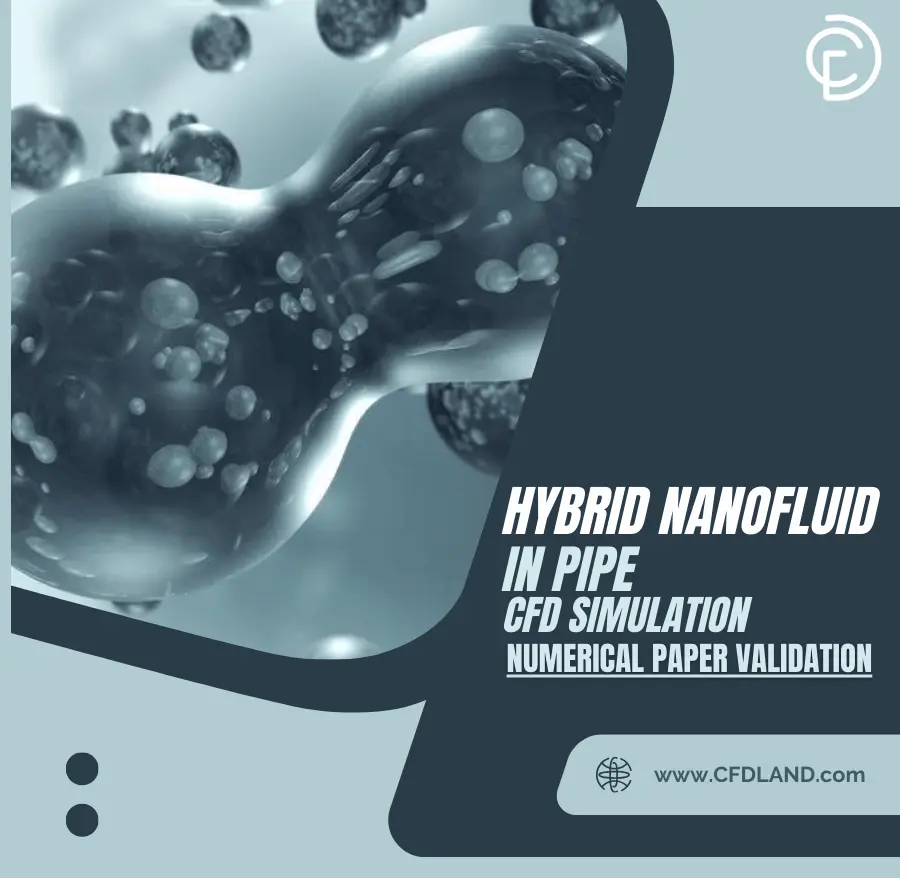

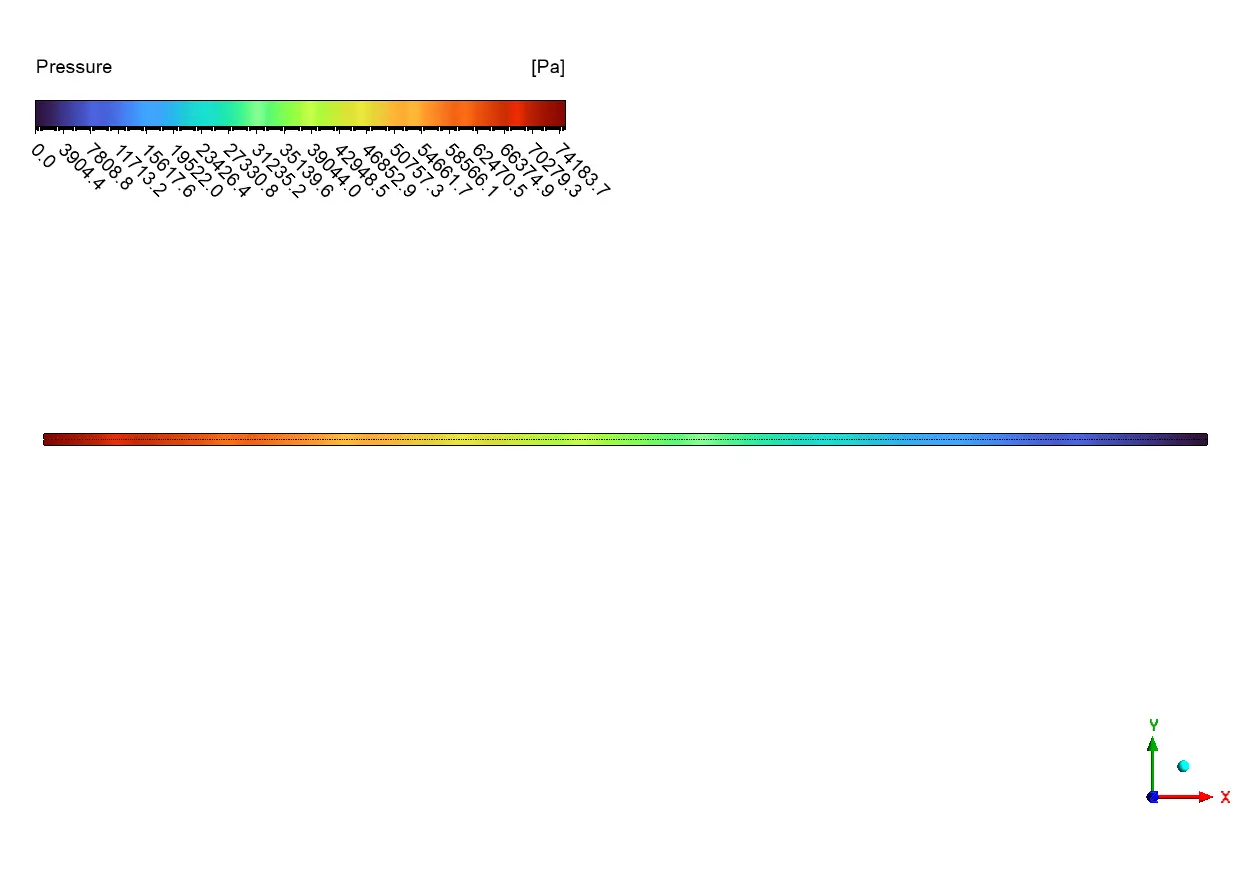

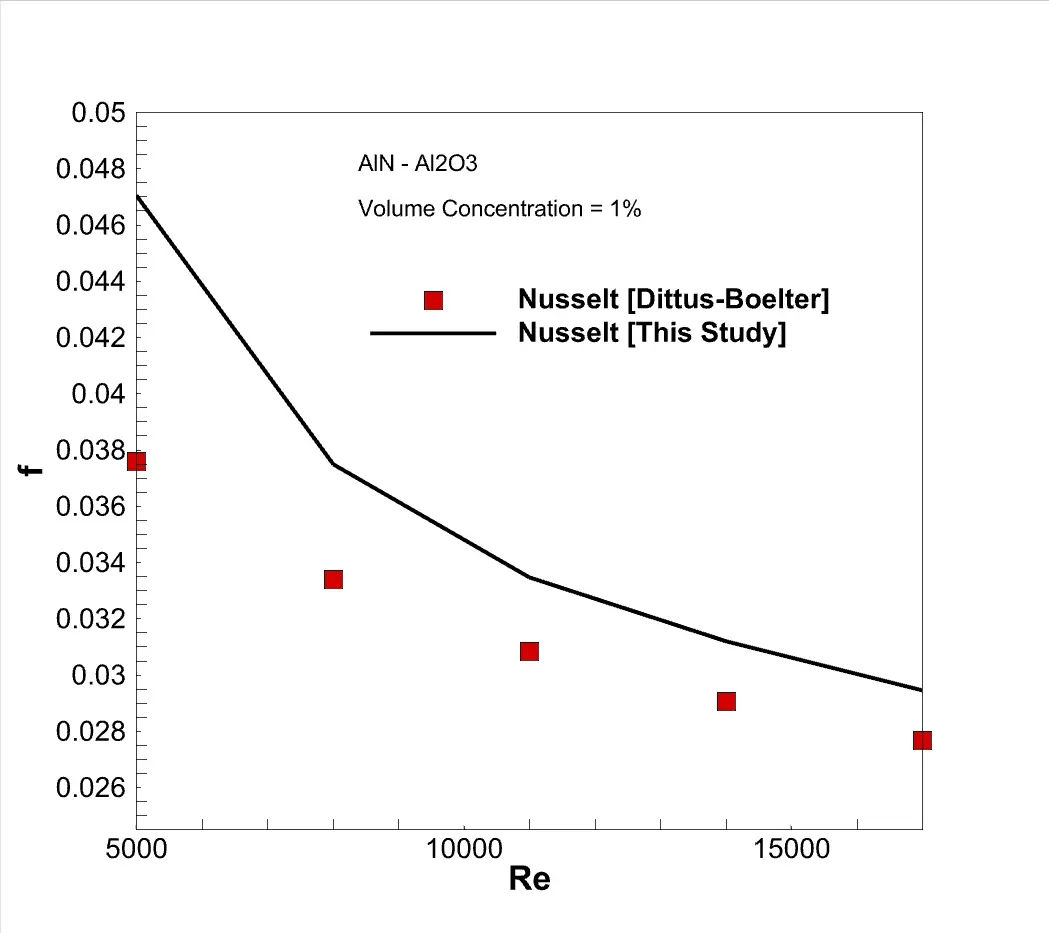
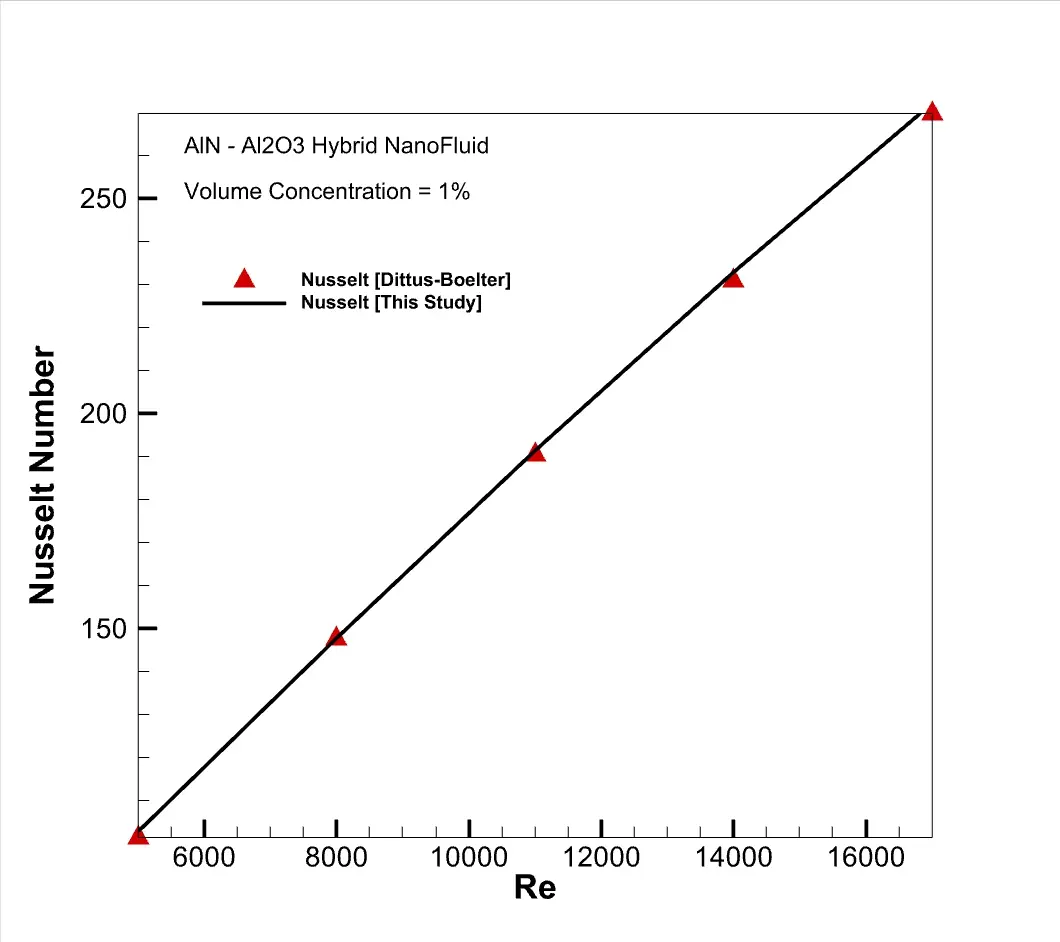
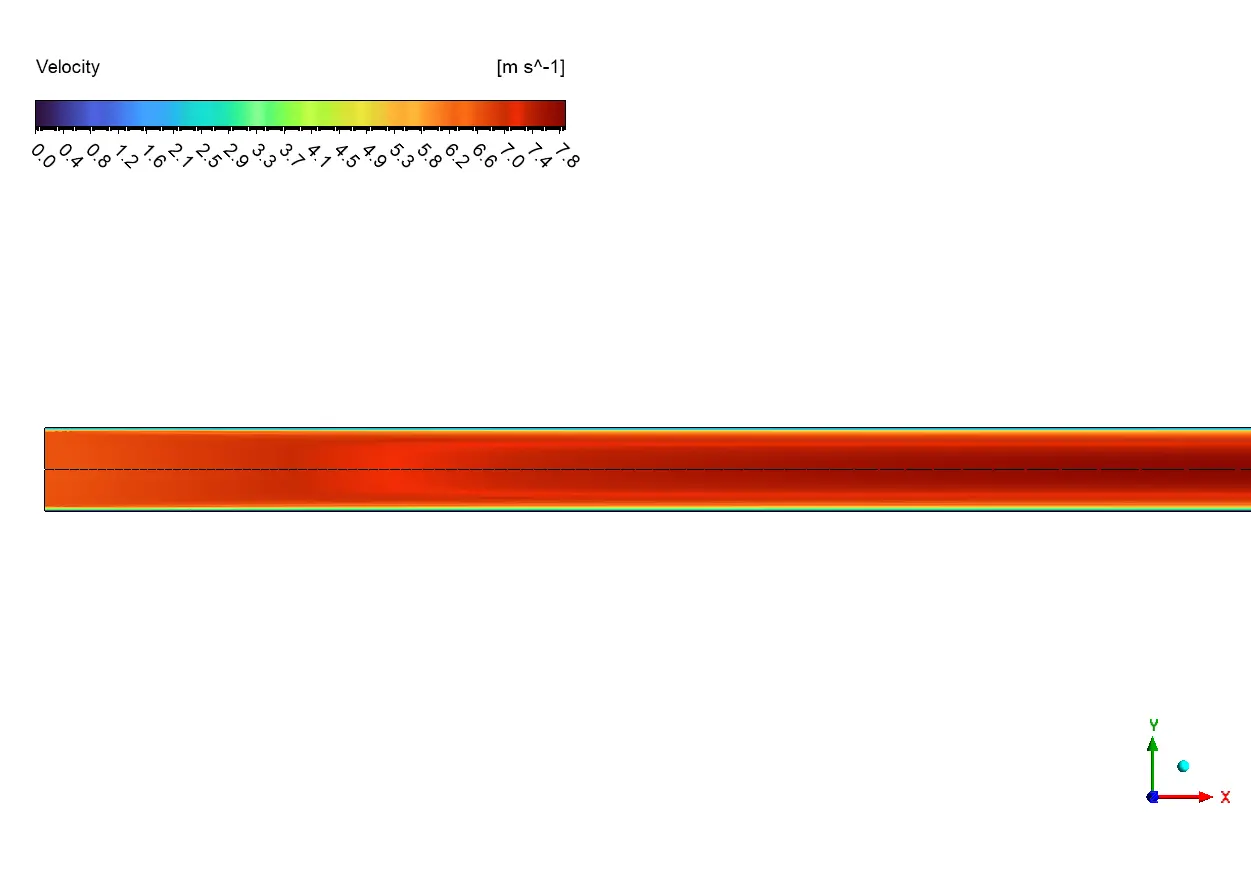
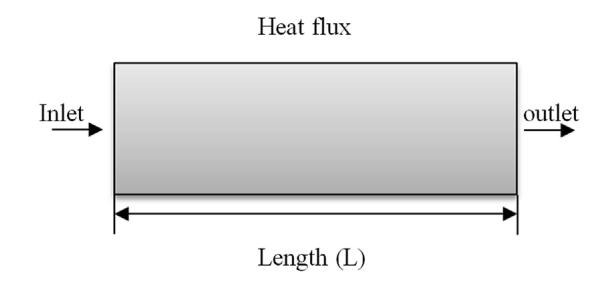
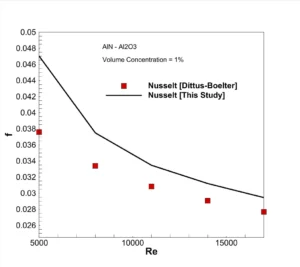
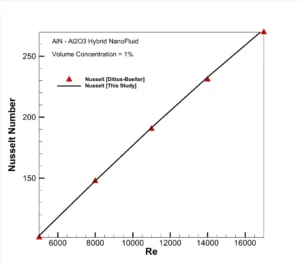





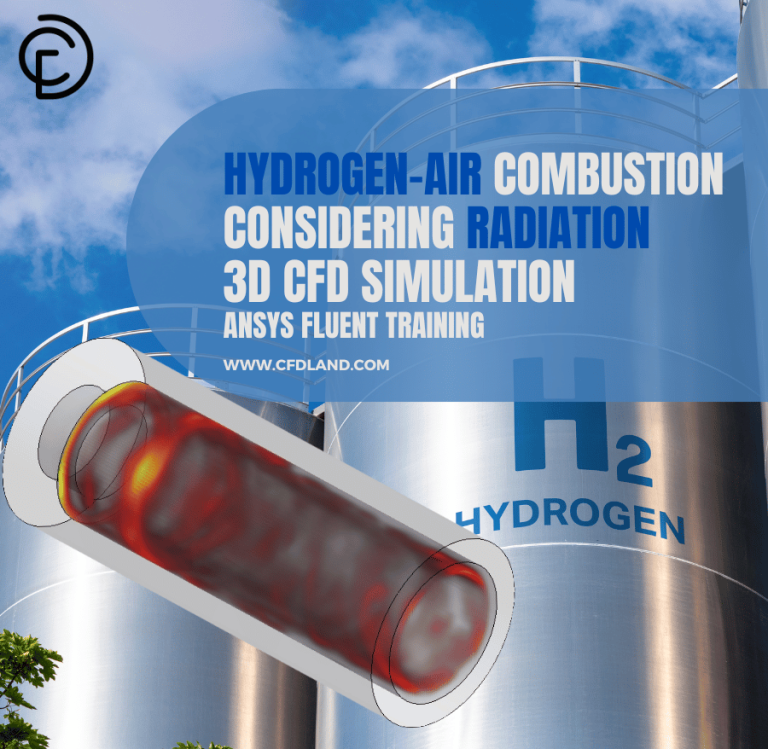
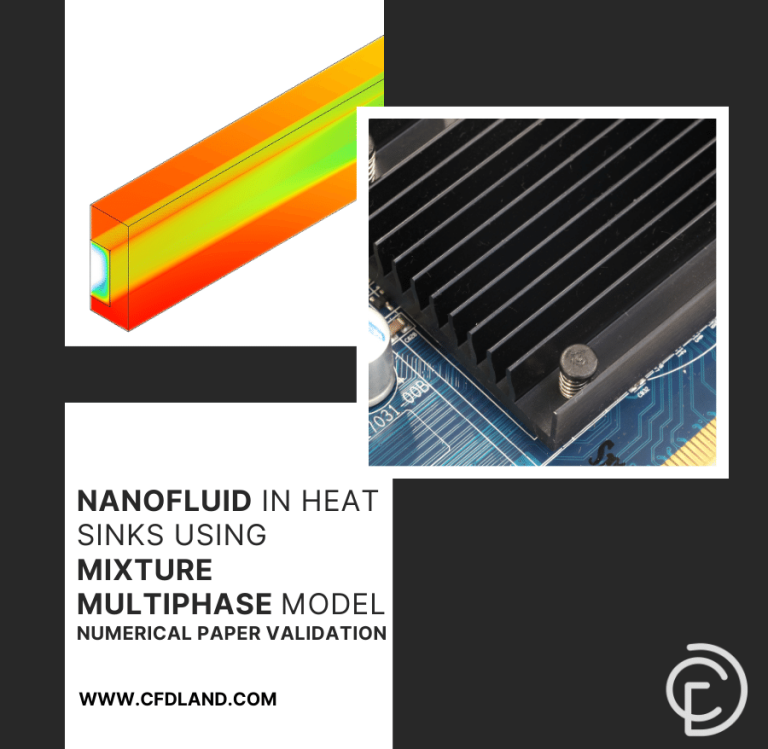
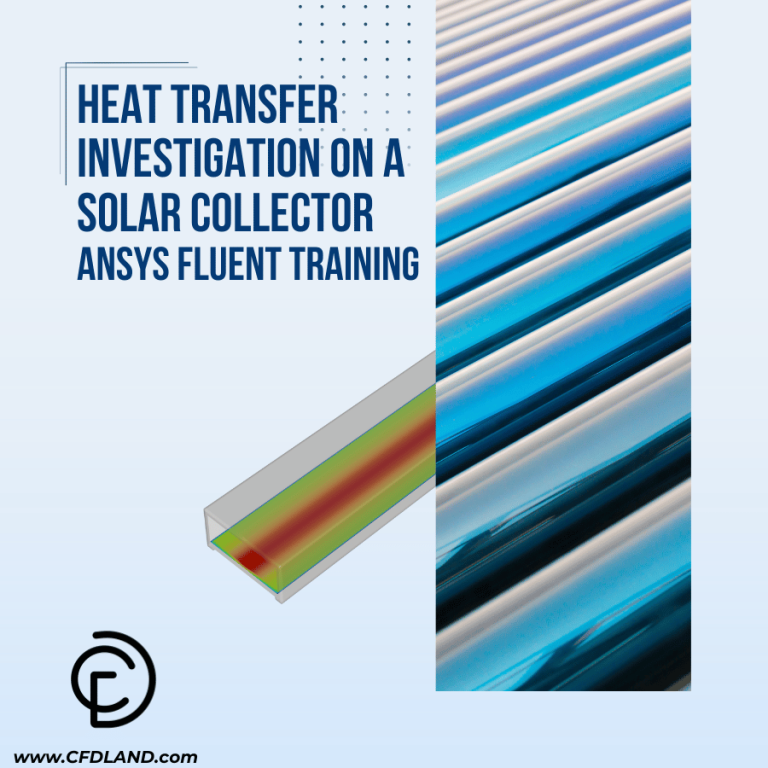

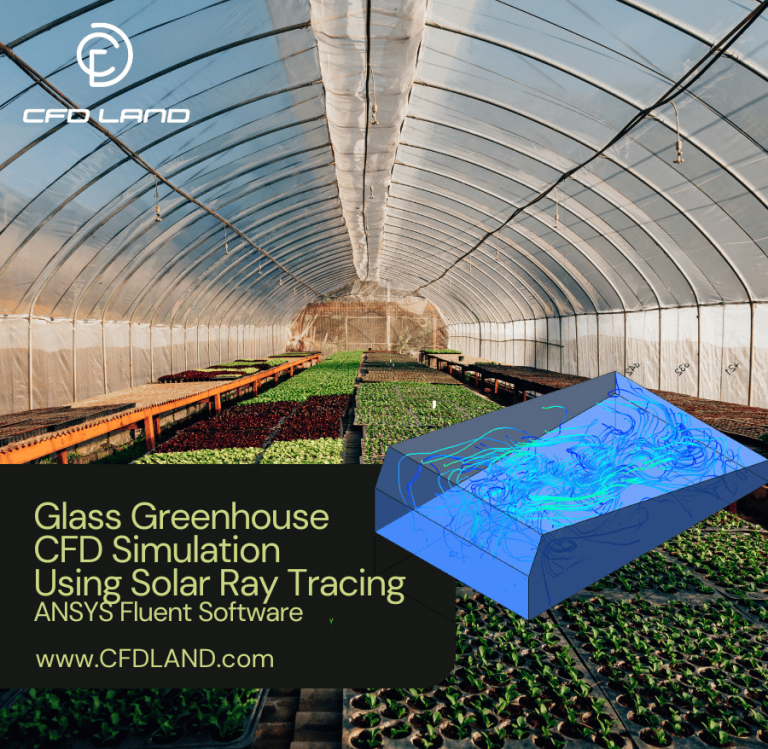
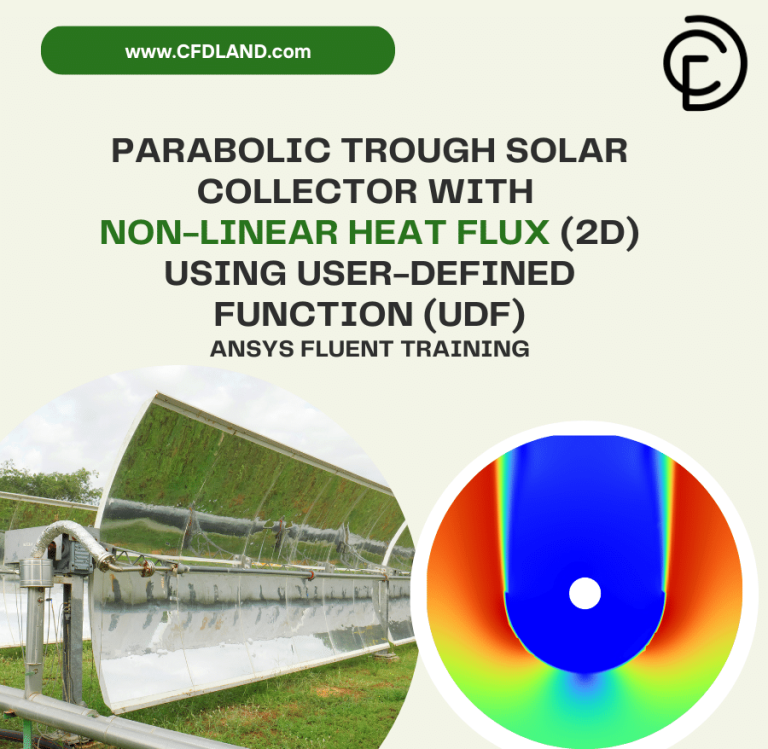
Reviews
There are no reviews yet.